35+ Years of Excellence
For over 35 years, our dedication to technical rigor and a first-principles approach to problem-solving has consistently yielded creative solutions at the intersection of advanced mathematics, computer science, physics, and engineering.
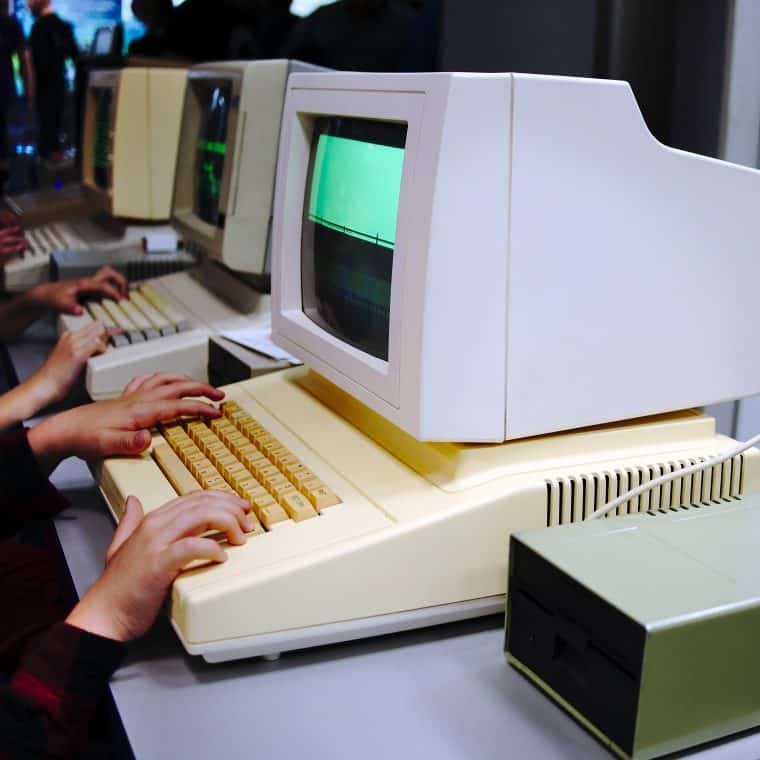
Metron has been at the forefront of applying deep technical knowledge and scientific skills to national security problems for over 35 years. We are proud of our accomplishments and the impact our solutions continue to have for our clients and their end-users.
historical timeline
1982
Dr. Thomas L. Corwin, founder
Tom Corwin leaves Daniel H. Wagner Associates to form Corwin Analysis, which becomes Metron two years later. While at Wagner, Dr. Corwin was part of the on-site team that helped to clear unexploded ordinance from the Suez Canal after the 1973 Arab-Israeli War. He was awarded the Secretary of Navy’s Distinguished Service Award for this work. Also prior to founding Metron, Dr. Corwin spent time assigned to Commander, Submarine Force, U.S. Pacific Fleet (COMSUBPAC) headquarters as an onsite anti-submarine warfare (ASW) analyst and also served as a visiting professor at Johns Hopkins University.

1984
Corwin Analysis becomes Metron Incorporated
Metron, headquartered in Northern Virginia near Washington, DC, is incorporated on July 1, 1984 and receives its first contract award on October 15, 1984.
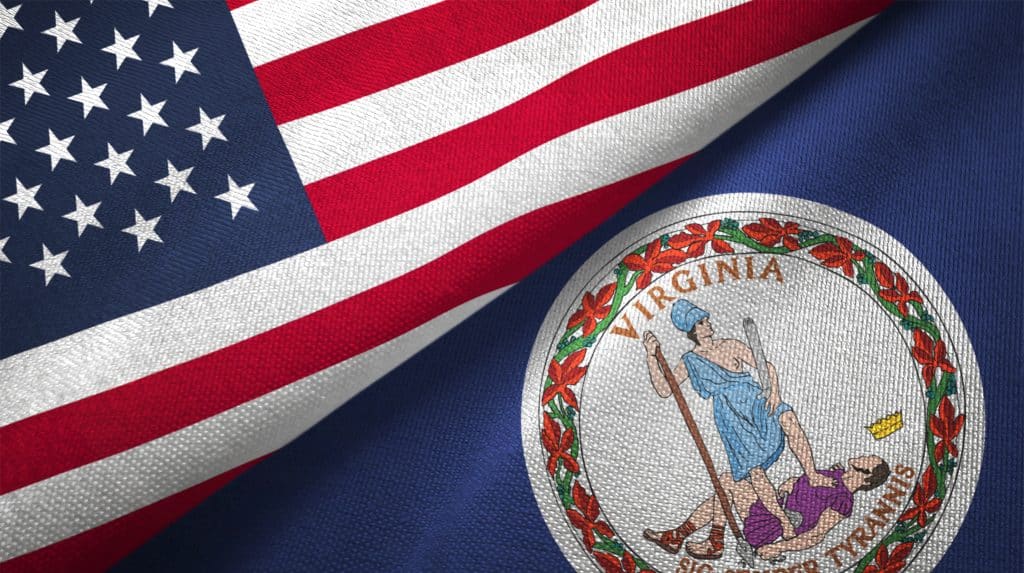
1986
Stone, Richardson bring recognized expertise
Metron hires Larry Stone and later Tony Richardson from Daniel H. Wagner, Associates. In 1968, Stone and Richardson were part of the on-site team that located the wreckage of the U.S. nuclear submarine USS SCORPION lost in the eastern Atlantic. Prior to that, Richardson was part of the on-site team that found and recovered a nuclear bomb accidentally dropped into the Mediterranean Sea near Palomares, Spain. In 1975, Larry Stone was awarded the Lanchester Prize recognizing his book Theory of Optimal Search as the best publication in operations research. With these hires Metron secures its place in Navy Search and Rescue.
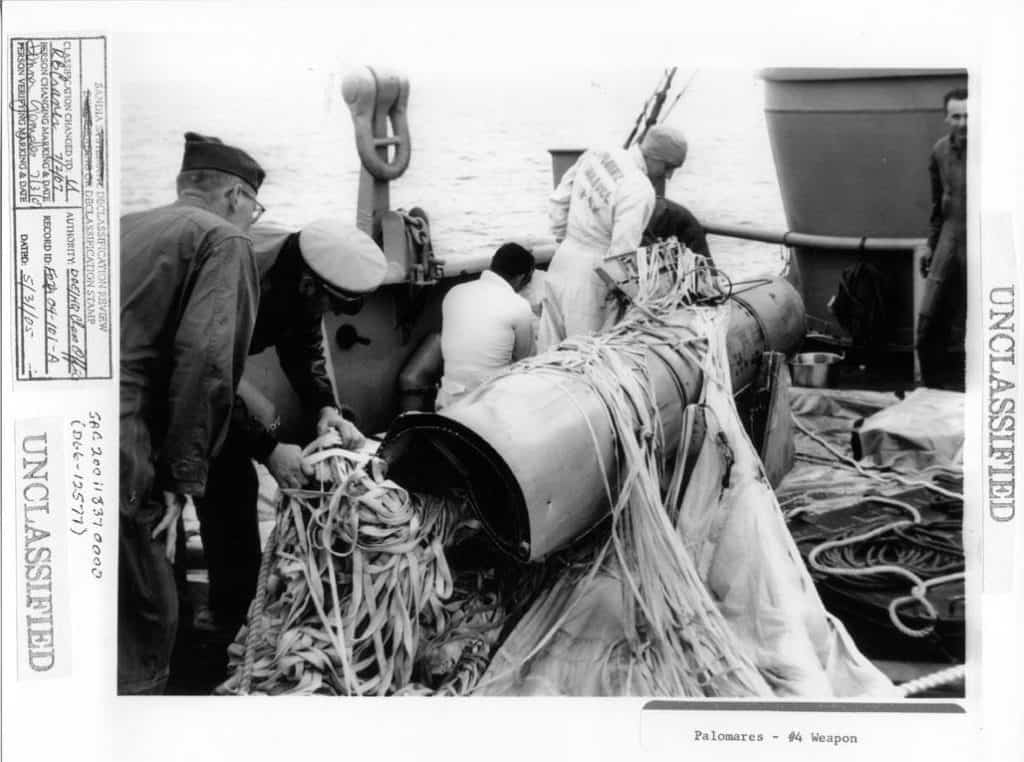
1987
TerrAlign - Sales Territory Realignment Software and Services
Metron starts TerrAlign as its first business-to-business effort. Working for Pfizer, Metron develops a PC-based system for recommending sales territories that are balanced in workload and compact in travel time. Metron leases TerrAlign to other pharmaceutical companies in partnership with Health Products Research and eventually forms the TerrAlign Division. In subsequent years, TerrAlign became a wholly-owned subsidiary of Metron and finally was spun out as a separate company in 2004. In 2018, it was purchased by SalesForce.

1989
Naval Simulation System is developed
Metron receives a Small Business Innovation Research (SBIR) award to develop a C4ISR-centric warfare model and simulation system. This technology becomes the basis for the Naval Simulation System (NSS), one of the Navy’s premier campaign-level modeling and simulation tools. Since 2001, NSS has been used by the Commander, U.S. Pacific Fleet staff (COMPACFLT) to analyze U.S. operational capabilities in the Pacific theater. NSS is actively in use in both government and industry partner activities for a wide variety of warfare simulation and analysis projects.
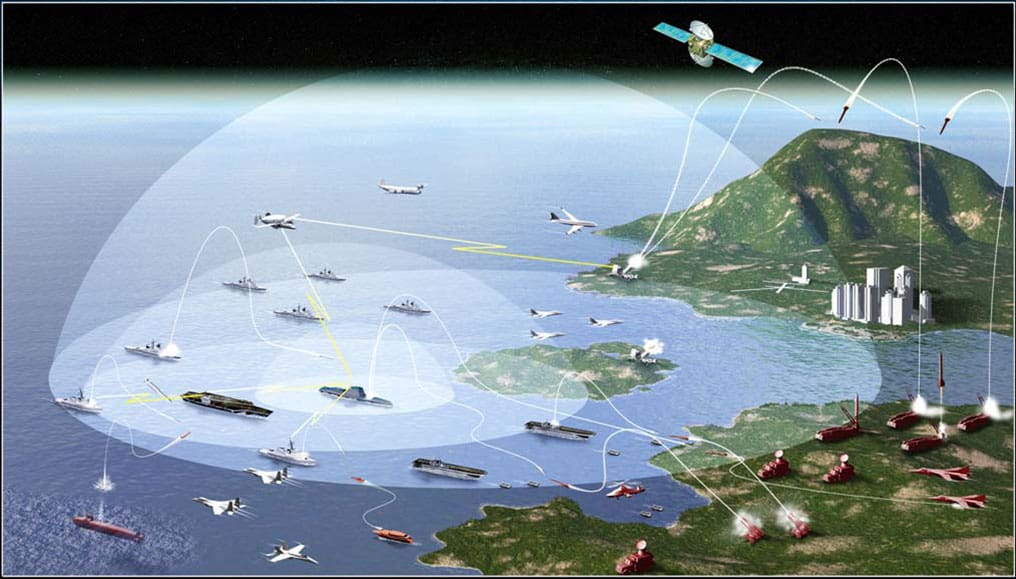
1990
Nodestar technology is developed -- this technology, now part of TRK, is operational on U.S. submarines
Metron develops the Nonlinear Discrete Submarine Tracking Algorithm (Nodestar) as a multiple target tracker for NRL’s Spotlight program. Metron began this work by developing Search and Localization Tacaid (SALT) for real-time planning of passive sonobuoy fields. This early work lead to Metron being brought onto the Naval Reseach Lab’s (NRL) Tactical ASW Battle Management System (TABS) program and then the Spotlight program. Spotlight was designated to be an upgrade for the Navy’s underwater surveillance submarine tracking system. When the Soviet Union collapsed, the Navy shelves the Spotlight upgrade, but Metron’s Nodestar technology is brought back a decade later when ASW reemerges as a Navy priority and is embedded in submarine combat systems for the Navy’s Advanced Processor Build (APB) submarine modernization program System goes operational in the fleet in 2003. This later version of Nodestar was Metron’s first particle filter implementation of a Bayesian tracker. Nodestar technology later becomes the TRK data fusion and tracking system. TRK is now operational on U.S. submarines, surface ships, and surveillance systems as the premier automated ASW data fusion and tracking analytic.
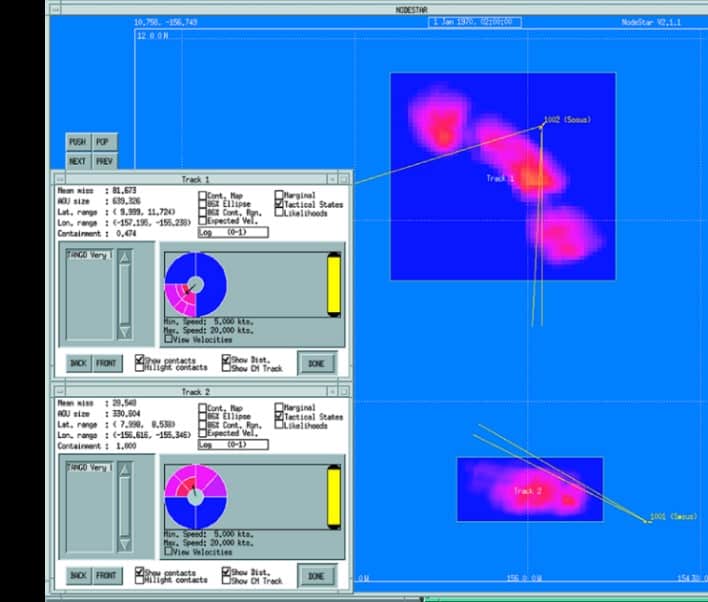
1991
Metron begins lasting role in mine warfare
Metron begins a series of mine-warfare related projects including modeling and analysis of the MAGIC LANTERN airborne LIDAR mine-detection system, tactical decision aids for the MAGIC LANTERN system, and a dedicated mine-warfare modeling and analysis tool. This work continues to this day.
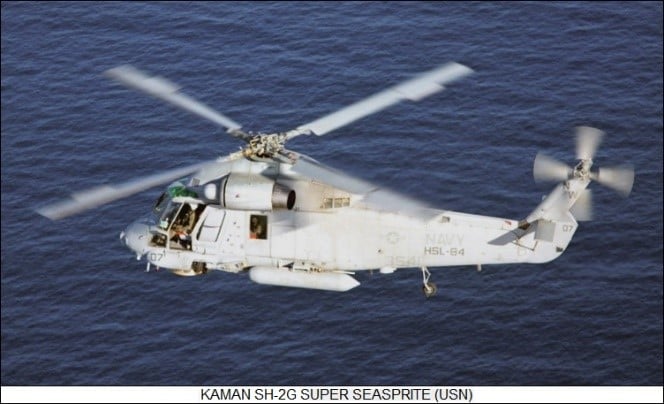

1994
Metron embeds at COMPACFLT
Metron begins providing on-site operational analysis at major Navy Fleet headquarters, including COMPACFLT in Hawaii. Embedded Metron personnel provide modeling, analysis, and insight for Navy’s most senior leadership. This work continues to this day.
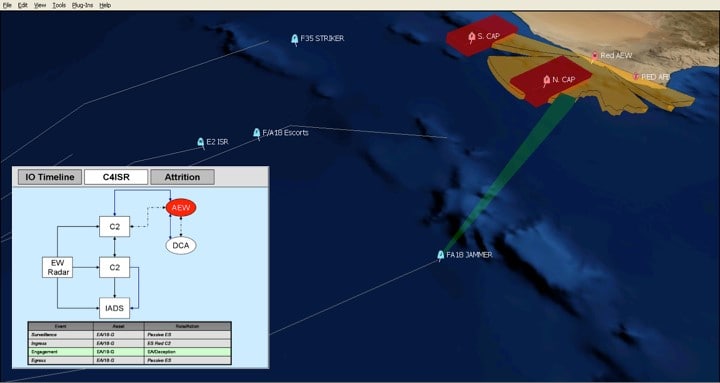
1995
Metron leads industry/Government collaboration in air traffic management
Metron makes strategic hires and begins to form an Aviation Transportation division to focus on the growing body of FAA and commercial aviation-related work. It spins off as Metron Aviation Inc. in 2004 and is later acquired by Airbus in 2011.

1996
Metron builds a financial trading tool
Metron forms a financial management group to focus on developing systems for financial trading. Metron Management becomes a separate division in 1997 and runs a commodities futures fund for a number of years. It is spun off in 2004 as a separate company and sold to Ramsey Quantitative Systems.

1997
Metron develops a Virtual Airline
Metron develops Virtual Airline under the DARPA Advanced Logistics Project. The Virtual Airline effort adapts technology originally developed for the FAA’s collaborative decision-making program to develop a completely new concept on how to operate the Civil Reserve Air Fleet to aid the military’s strategic airlift planning.
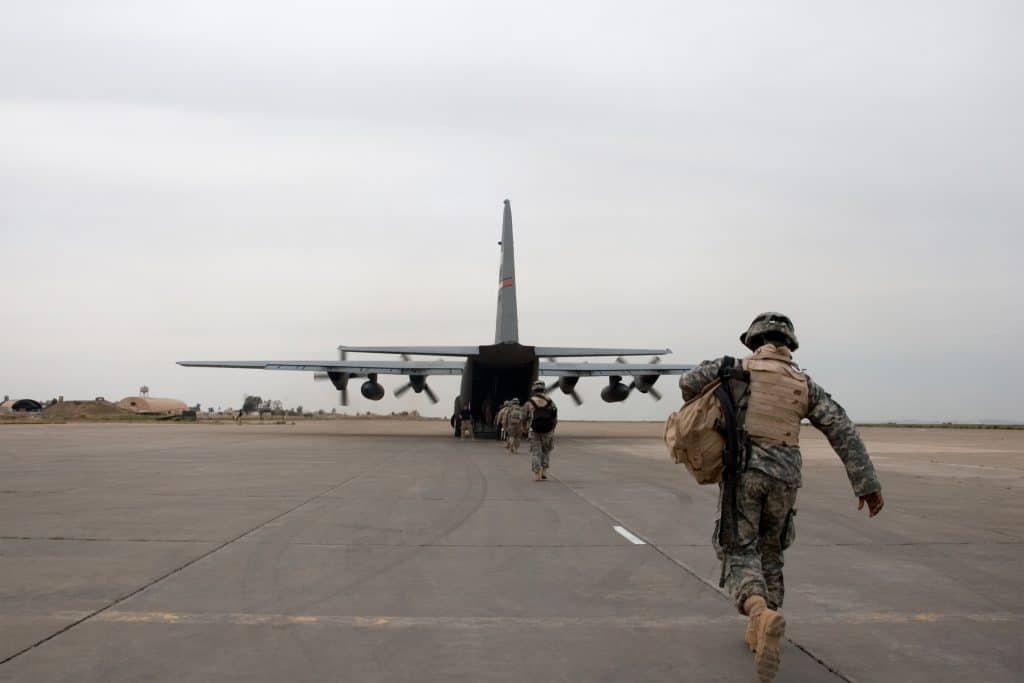
1998
NSS becomes a Program of Record
Metron’s Naval Simulation System (NSS) tool is established by the Navy as a full Program of Record. The Navy Headquarters staff (OPNAV N81 and N70) adopts NSS as one of its preferred modeling and simulation tools. Metron conducts assessments across multiple warfare areas with on-site personnel coordinating all studies. This continues as a focus area until 2005.
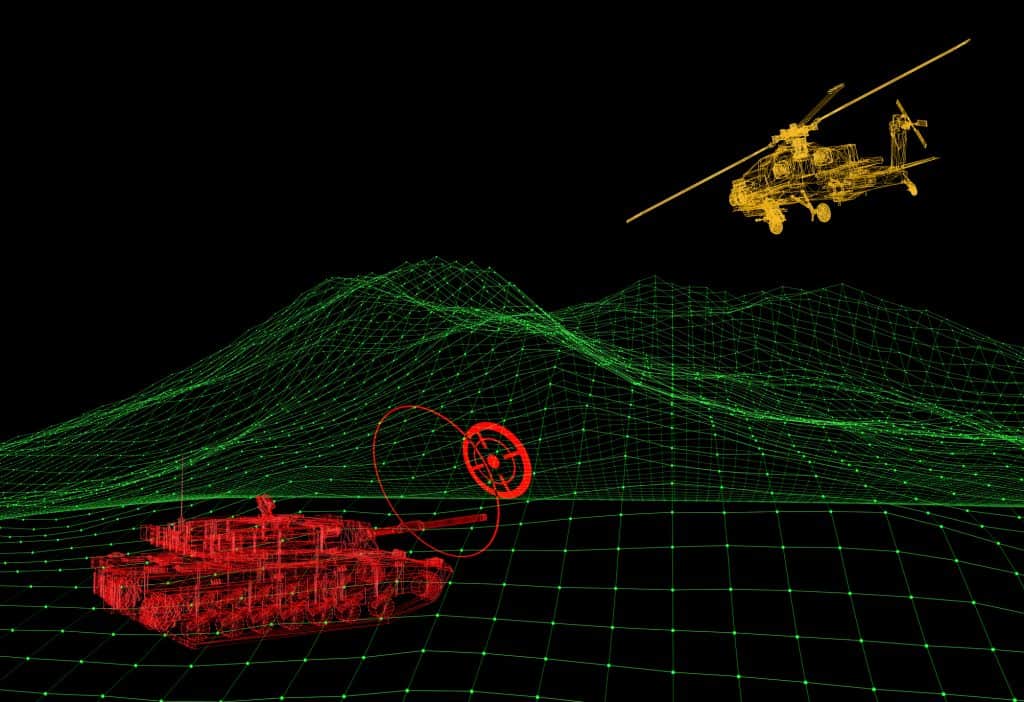
1999
Metron partners with LM to develop JSAS for the USCG
Metron extends its partnership with Lockheed Martin for the U.S. Coast Guard’s Deepwater modernization effort. Metron develops new proprietary versions of NSS for Lockheed Martin to model multiple Coast Guard missions. These models eventually form the basis of the Joint Systems Analysis Simulation (JSAS), employed by Lockheed Martin for USCG and allied nation force analyses.
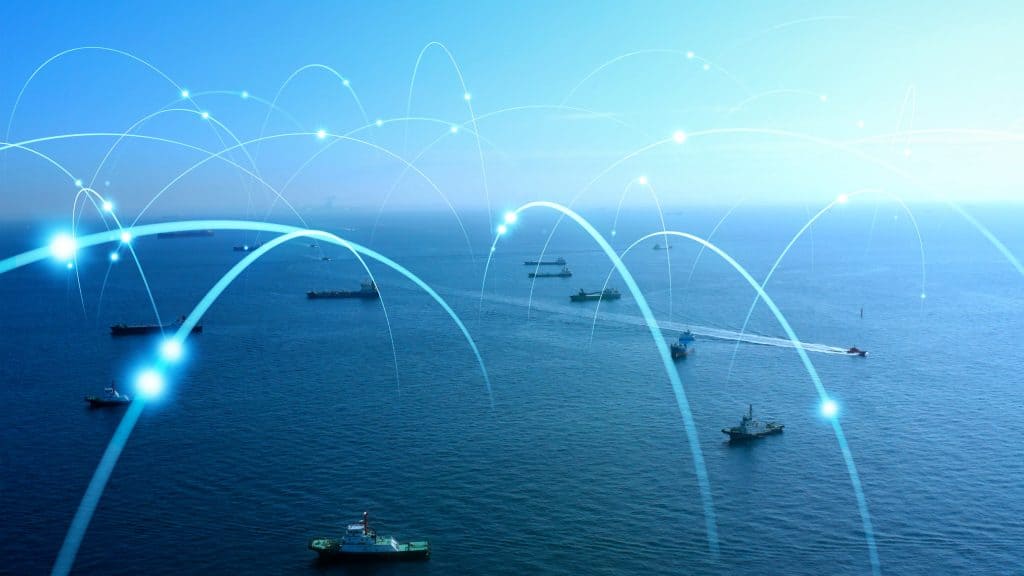
2000
Metron partners with DARPA and NAVAIR
Metron develops a mathematical framework for distributed negotiations under DARPA’s agent-based computing program. The applications include strategic airlift planning and unmanned aerial vehicle fleet coordination while performing search and surveillance tasks.
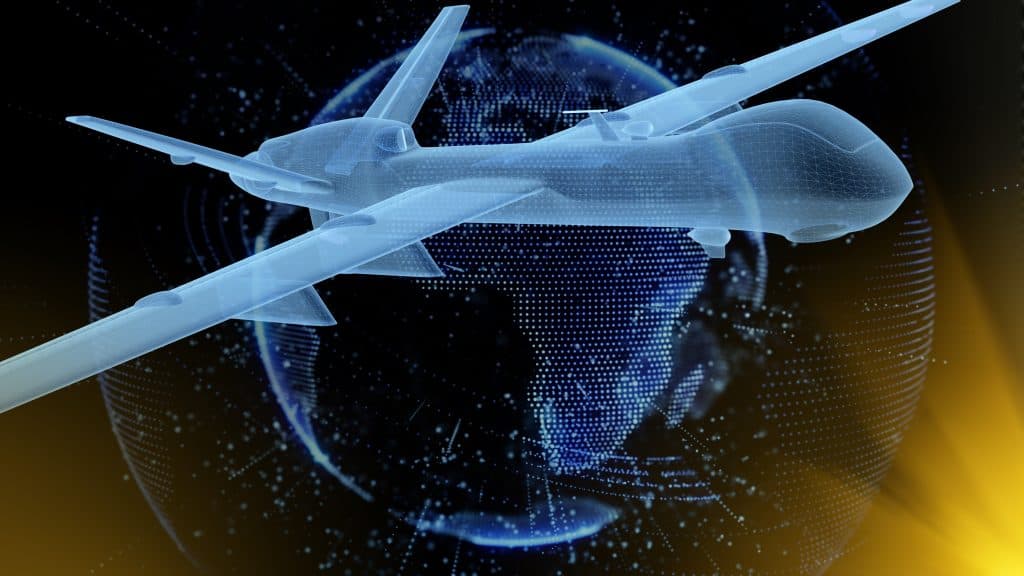
2001
Metron leads Link Analysis efforts
Metron begins research and development of a new approach to link discovery and network analysis under DARPA’s Evidence Extraction and Link Discovery (EELD) program. This grows into a significant body of both R&D and operational transition work under numerous sponsors and programs.

2003
Metron develops TerrAlert software suite
Metron develops the Terrorism Alerts using Likelihood Ratio Tracking (TerrAlert) software suite under DARPA’s Project Genoa II. TerrAlert estimates the state (progress) of terrorist operations and analyzes the impact of courses of action to disrupt or delay the operations. It was the first application of particle filters to a project management state space. TerrAlert transitioned to the Defense Threat Reduction Agency and to OPNAV N81 as the Validation of IPE Resources (VIPER) software.
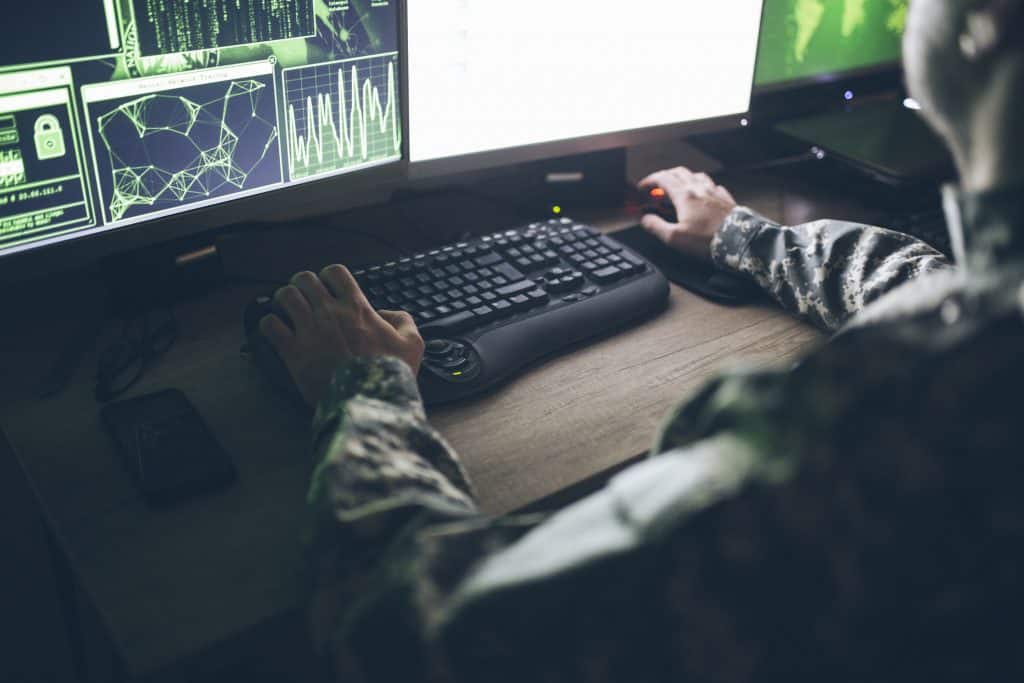
2005
Metron furthers link analysis in Paladin
Metron transitions Pattern Analysis and Link Discovery for Networks (Paladin) to the DoD Research, Development, and Engineering Center (RDEC). Successful tests and evaluations in challenge problems hosted by RDEC and DARPA lead to a number of follow-on R&D projects under DARPA, Office of Naval Research (ONR), and the Department of Homeland Security Science and Technology Directorate (DHS-S&T). Paladin is deployed at U.S. Customs and Border Protection (CBP) to discover cargo transaction patterns and analyze supply chain networks.

2007
Metron developed SAROPS is operational with the U.S. Coast Guard
U.S. Coast Guard goes operational with SAROPS, the replacement for CASP, as the next-generation automated search and rescue planning and evaluation system saving lives of mariners lost at sea. Metron developed the core search planning and effectiveness analytics. SAROPS remains the premier search and rescue planning and analysis system in the world.
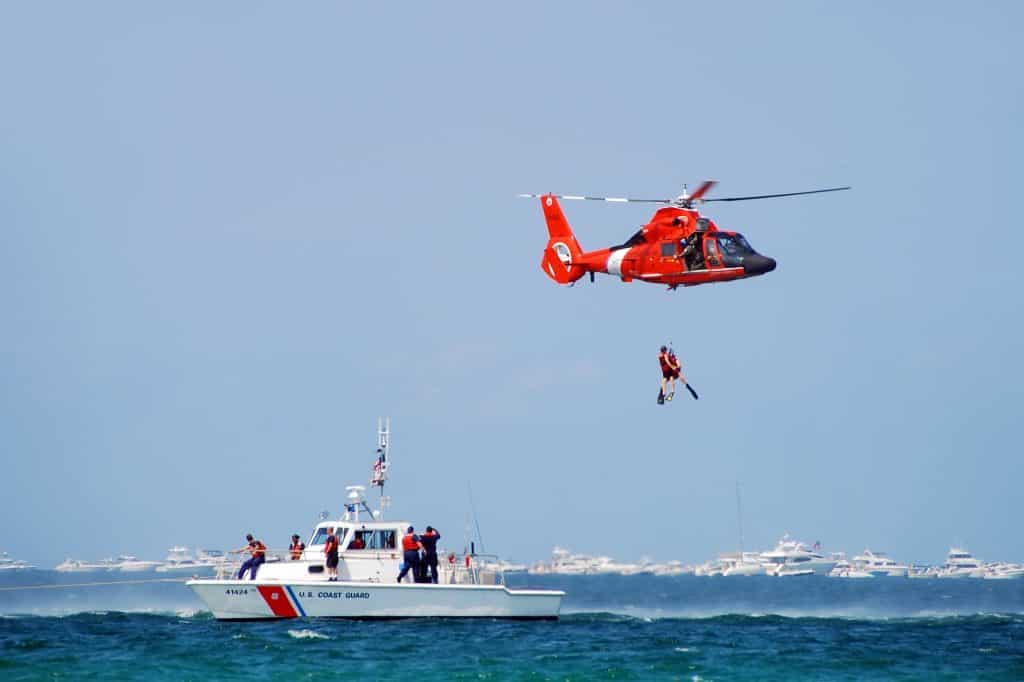
2008
Metron develops ScanDeck part of TSA's Secure Flight and PreCheck programs
Metron’s ScanDeck automated cargo risk assessment technology transitions to Customs and Border Protection (CBP) Automated Targeting System (ATS) cargo system. Scandeck utilizes a novel supervised machine learning approach for multi-feature risk indicators developed in collaboration with Carnegie Mellon University. Innovations provide statistically principled likelihood ratio detection at scale and speed. ScanDeck is later integrated into the Office of Naval Intelligence (ONI) Global TRADER cargo analytic system. In 2010, Passenger Risk Modeling (PRisM) machine learning application deploys into CBP’s Automated Targeting System-Passenger (ATS-P) system. This leverages ScanDeck’s machine learning approach to assess risk of passengers traveling by air, sea, and land. In 2013,PRisM is able to learn high- and low-risk patterns and indicators and is instrumental in the national rollout of Transportation Security Administration’s (TSA). Secure Flight and PreCheck programs.

2009
Metron's MCET is supports Navy budgeting, R&D and acquisition activities
Metron develops the Mine Warfare Capabilities Evaluation Tool (MCET) providing an integrated suite of performance analysis and simulation capabilities for systems of systems. This effort supports several Navy offices (OPNAV N95, NAVSEA PMS 406/ 495/420, and ONR) spanning resourcing, budgeting, R&D, and acquisition activities. MCET eventually leads to Metron’s prime role on the ONR Large Diameter Unmanned Undersea Vehicle-Innovative Naval Prototype (LDUUV-INP) program.
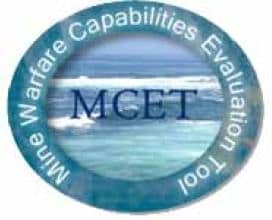
2010
Metron develops suite of tools for ONI Global TRADER
Metron Trade-Net suite of cargo analytic tools is deployed into the ONI Global TRADER system. Trade-Net provides new capabilities to discover and analyze trade networks, profile trade entities; characterize geo-temporal flows by commodity and detect anomalous change; and forecast future container locations based on partial information.
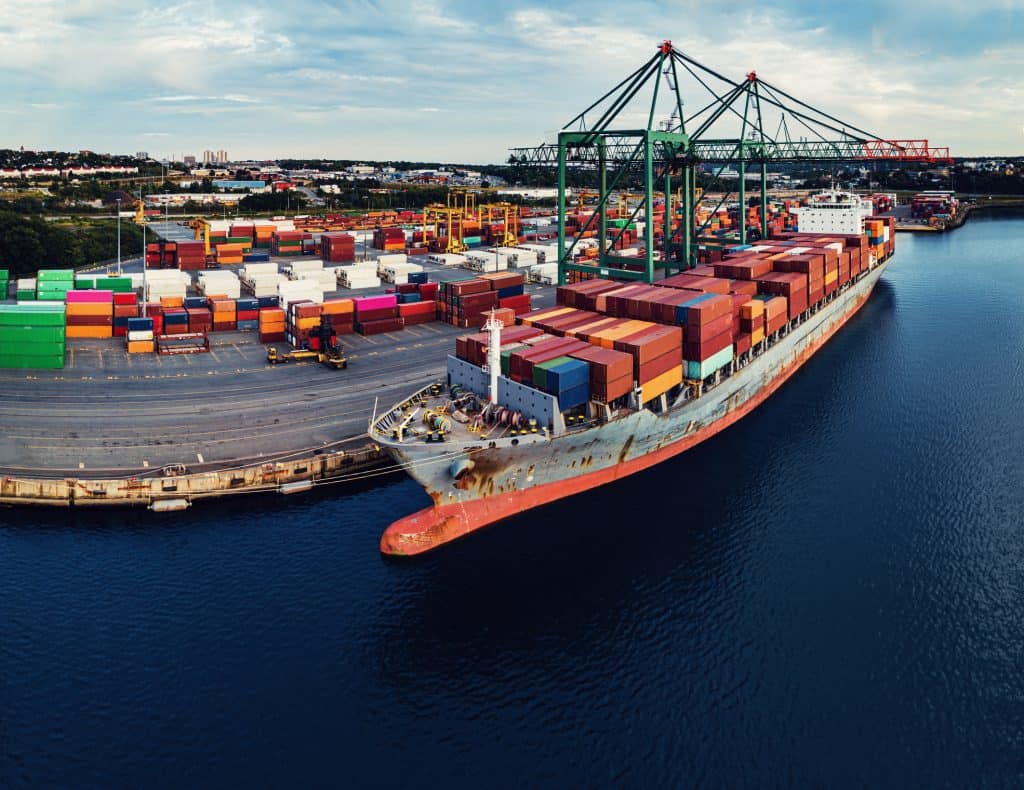
2011
Metron assists in finding wreckage of Air France 447
The French government brings Metron in to assist in finding the wreckage of Air France Flight 447 lost in the South Atlantic after 18 months of unsuccessful search operations. Using Metron’s analysis, the search team was able to find the wreckage on the ocean bottom within five days of starting their next at-sea search phase.
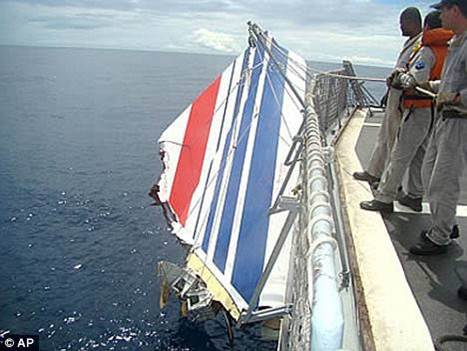
2012
Metron leads integration and hardware for the Navy's LDUUV-INP program
Metron becomes the lead vehicle integrator and hardware developer for the Navy’s LDUUV-INP program generating over $70M+ in revenue over the life of the program. Metron turns an empty mid-body shell into a fully functional vehicle in just nine months to support high priority at-sea demonstrations. The program ultimately demonstrates endurance of over 100 hours of continuous, autonomous underwater operations utilizing Metron’s vehicle design and autonomy software system.
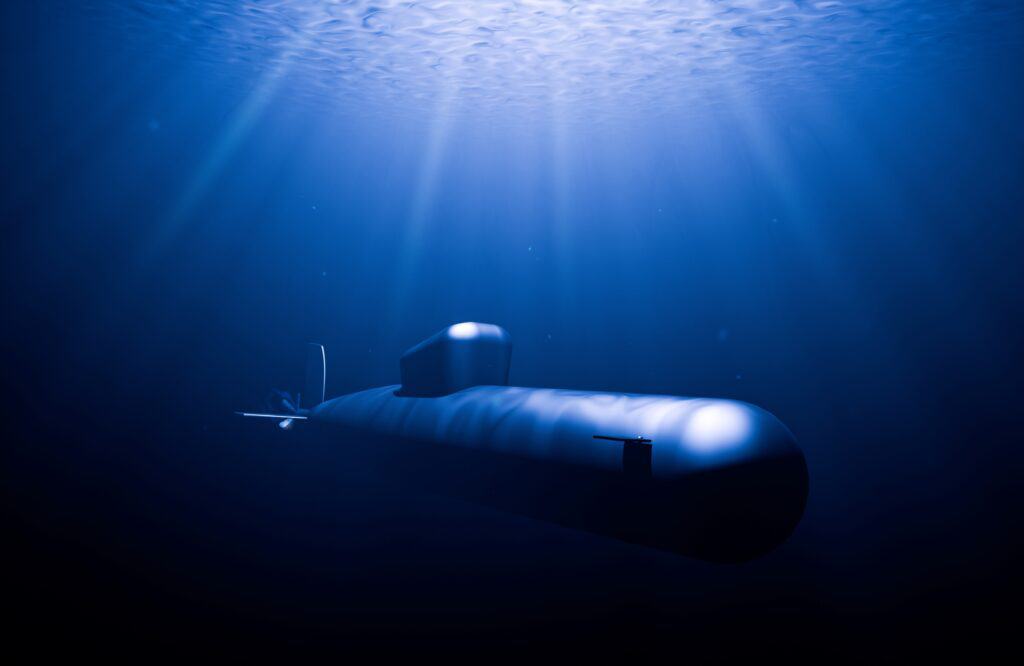
2013
Metron develops ExAMS
Metron continues to develop the Executable Architecture Management System (ExAMS) in support of NAVWAR. This is the first system to integrate system architecture authoring and analysis capabilities with a full-featured system modeling and simulation engine.

2014
Metron transitions TDS to NGA
Metron transitions the Threat Detection Suite (TDS) and Motion Event Detection Using Smoothing Analysis (MEDUSA) system to the National Geospatial Intelligence Agency (NGA). Originally developed under ONR funding, TDS supports activity based intelligence (ABI) extraction of motion events from wide-area surveillance vehicle tracks, and MEDUSA extends TDS to extract, catalog, and analyze ABI motion events to support large-scale pattern and pattern-of-life analysis.
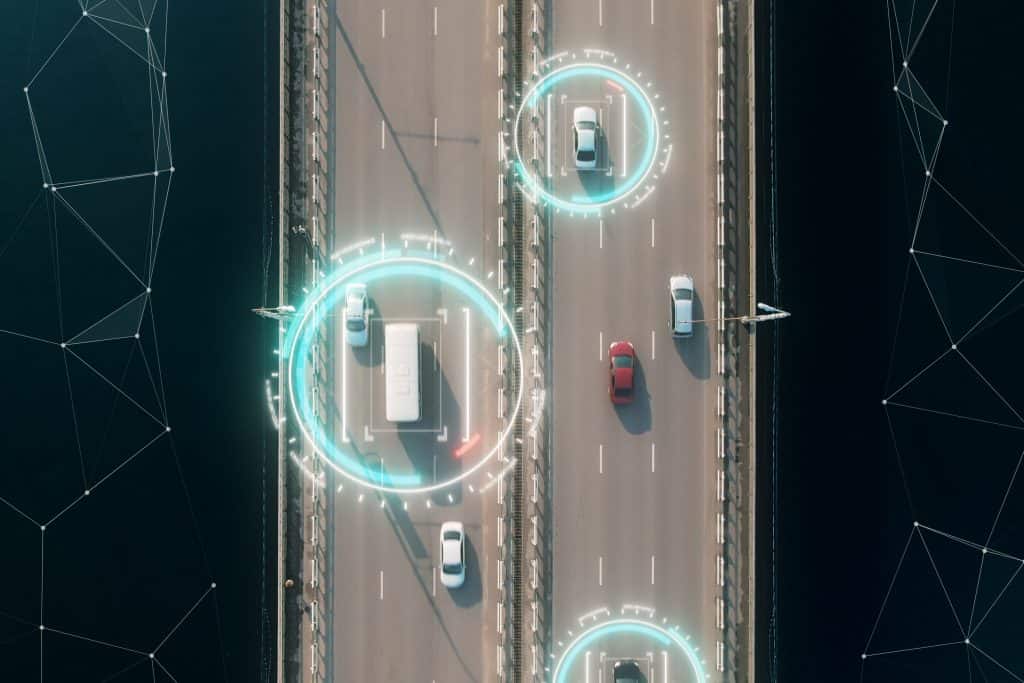
2015
Metron develops Cyber Assassin
Metron continues development of Cyber Assassin under a Small Business Innovative Research award. Cyber Assassin combines explicit network and cyber-risk modeling with the system architecture and mission-level modeling and simulation of ExAMS.
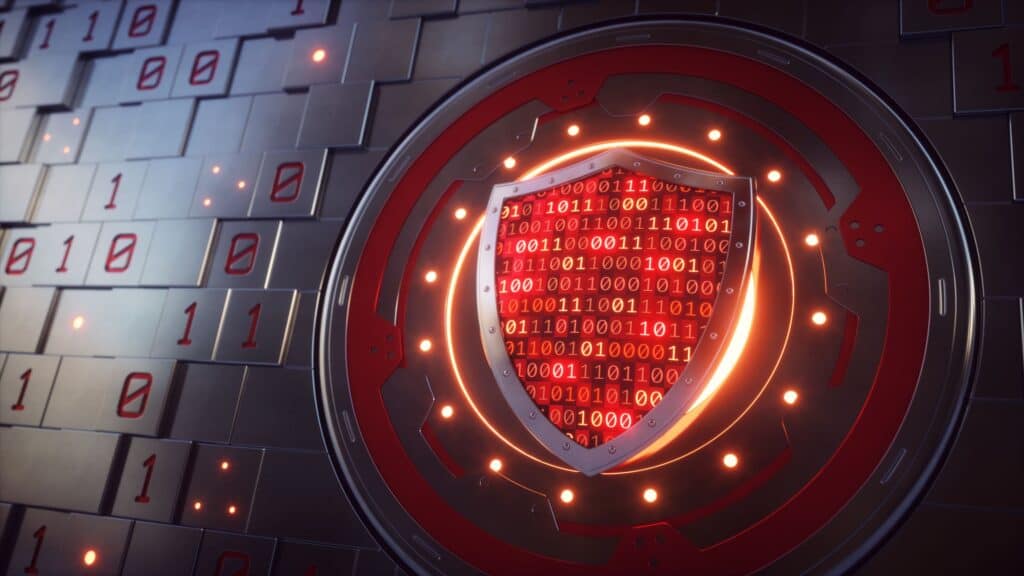
2016
Metron improves CBP's Automated Targeting System-Cargo system
Metron deploys the duty evasion and emergent threat pattern detectors into Customs and Border Protection (CBP) Automated Targeting System-Cargo system. The duty evasion detector analytic correlates opposing trends to detect evidence of evading duties owed by falsifying shipping records. The emergent threat pattern detector analytic is a version of TIPWIRE customized to the CBP’s cargo domain.

2017
Metron deploys cargo trend anomaly detector
Metron deploys the cargo trend anomaly detector into CBP’s Automated Targeting System-Cargo system. This identifies unusual spikes or drops in recent shipment quantities of a commodity to/from particular ports or regions based on statistical hypothesis testing run on massive scale, examining time series extracted for millions of joint feature values.
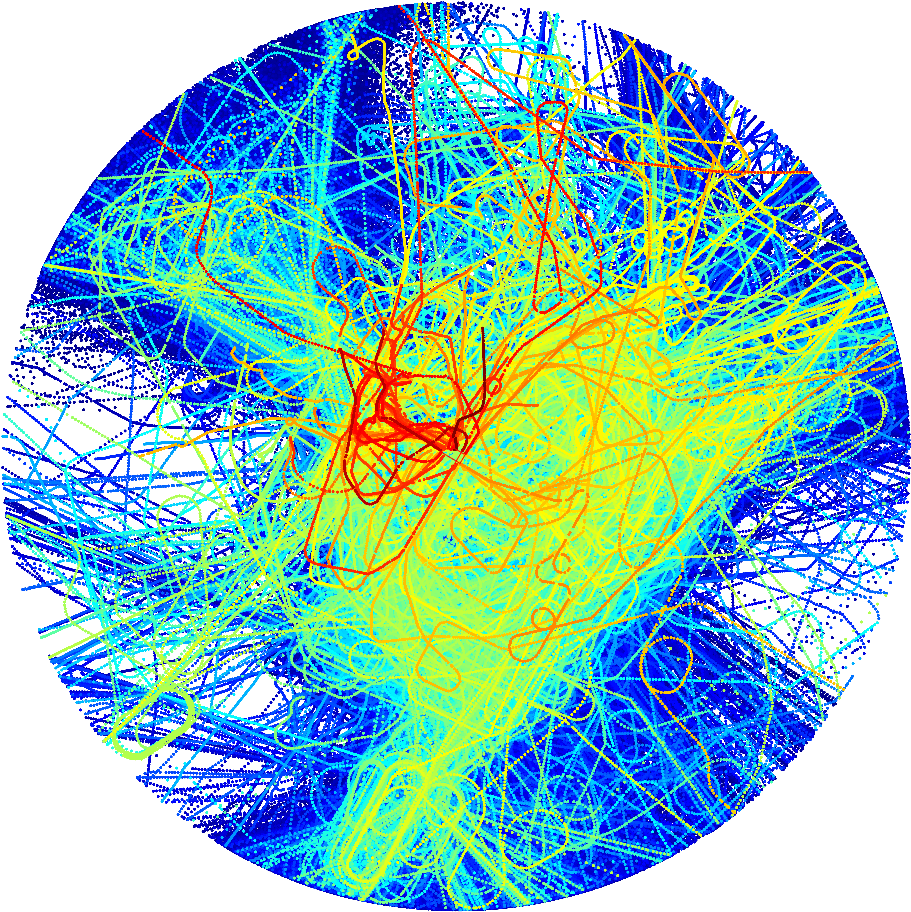
2018
Metron develops algorithm for joint stitching and correlation of track data
Metron publishes the first algorithm for performing joint stitching and correlation of track data derived from multiple sources (multi-INT) using kinematic, feature and classification information. This capability is part of Metron’s Multi-INT Automated Track Correlation Hypotheses for Entity Resolution (MATCHER) software.

2019
Metron wins key roles in developing UUV autonomy
Metron wins key roles in DARPA’s Angler and Manta Ray programs based on the strength of our industry-leading UUV autonomy work.
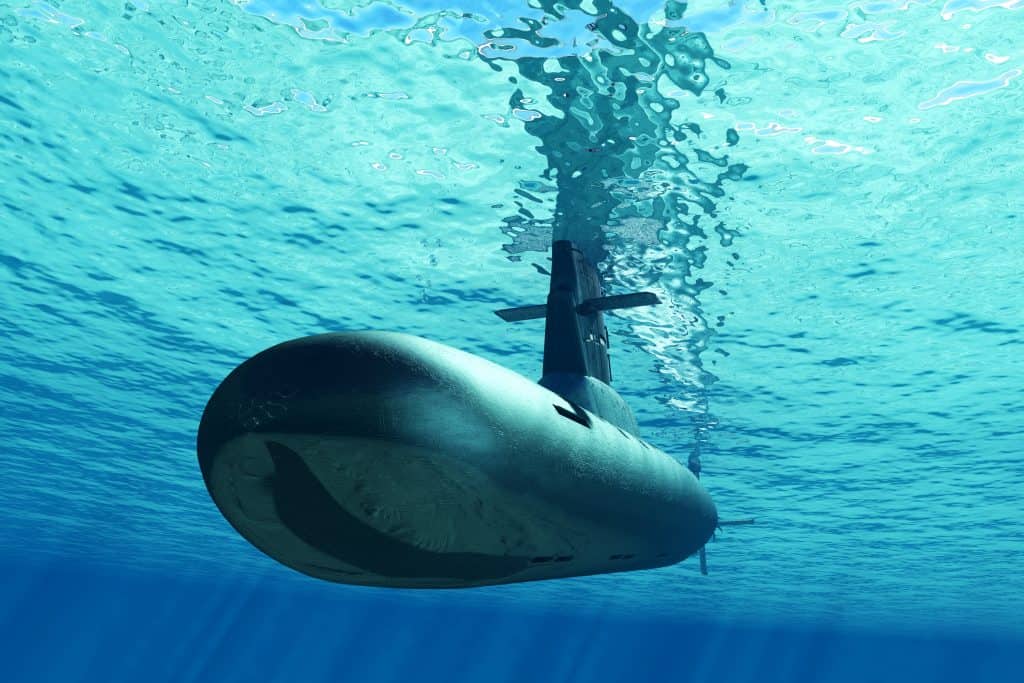
2022
Metron spins-off ORCA division.
Metron's San Diego-based operations research and cyber analysis (ORCA) division is sold to Systems Planning and Analysis, Inc. (SPA)
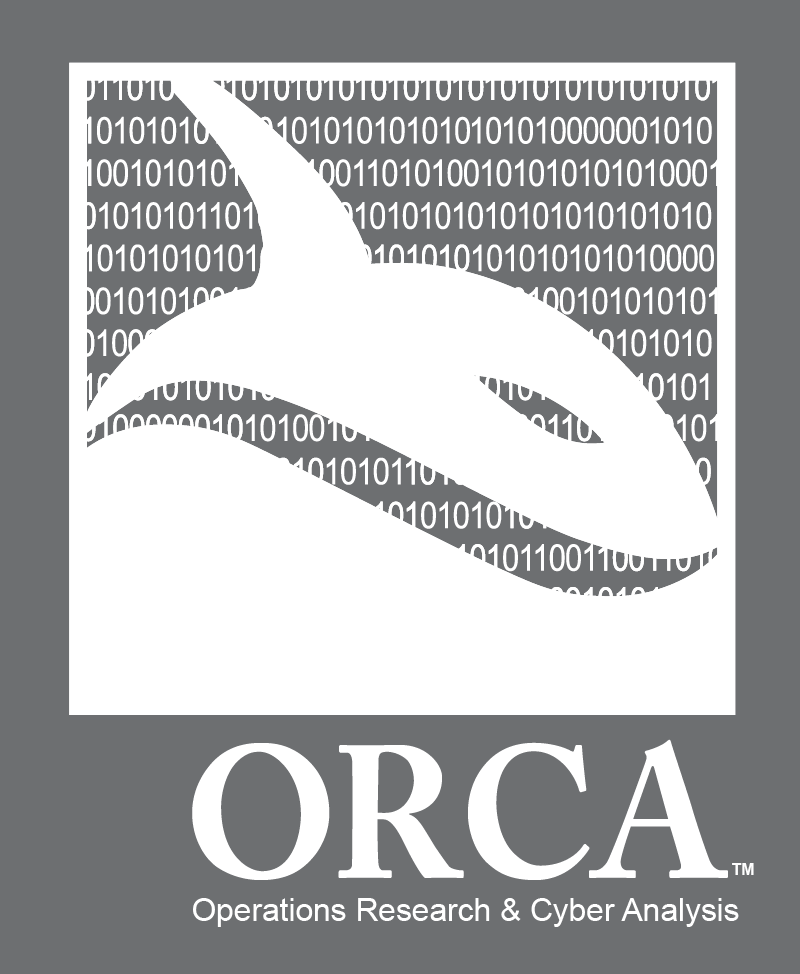

Related Content
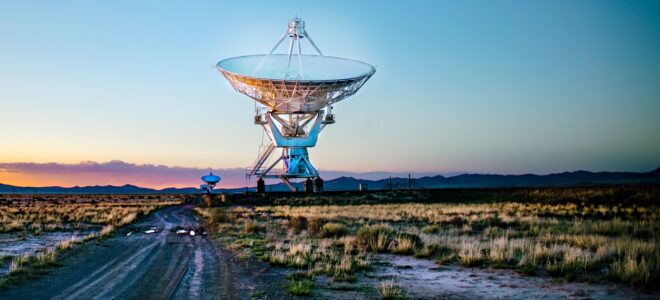
Who We Are
Metron is an employee-owned company dedicated to delivering innovative solutions for the most challenging national security problems.
Explore Who We Are
Metron Fundamentals
Metron Fundamentals are how we accomplish our mission. They are an integral part of Metron’s way of doing things.
Explore Metron FundamentalsLeadership
Metron's leadership team ensures that our 100% employee-owned company remains committed to our core values.
Explore Leadership
Metron Careers
Your Career at Metron
Metron’s core values make us the industry leaders we are. Work here is exciting and impactful.
We are searching for experts in applied mathematics, software engineering, artificial intelligence, autonomy, and decision support interested in tackling the hardest problems.
